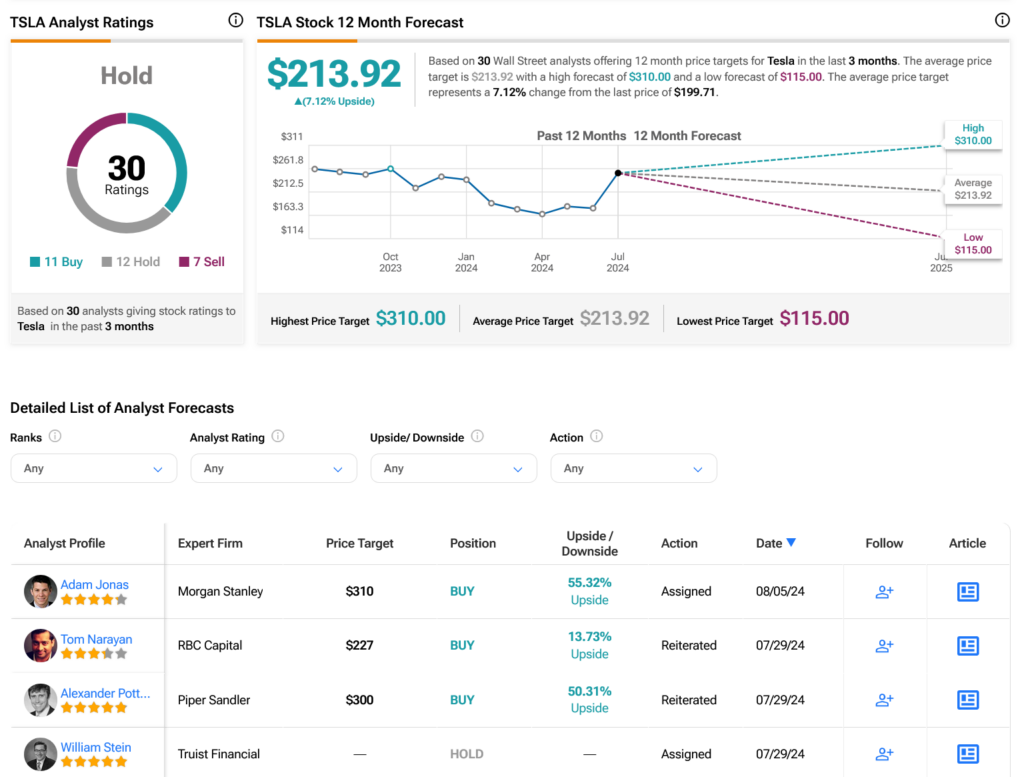Elon Musk, the man behind Tesla, has another ace up his sleeve – Starlink. While many of us are accustomed to Tesla’s electric ventures, Musk’s foray into providing global internet coverage via Starlink is gaining traction. However, the competition is heating up, with Amazon’s Project Kuiper vying for a piece of the pie. And now, a new contender has emerged on the scene.
China has recently unveiled its ambitious “Thousand Sails” program, aiming to deploy a full satellite constellation that mirrors the functionality of Starlink and Project Kuiper, promising worldwide internet accessibility in the near future.
The proposed Chinese constellation is set to comprise a whopping 15,000 satellites, a colossal endeavor that presents its fair share of challenges. By 2025, China plans to have 648 satellites in orbit, leaving a considerable gap of 14,352 satellites to meet its target. The ambitious project aims to offer a globally accessible internet system, but concerns linger about potential censorship and restrictions similar to those prevalent on the Chinese internet.
Lagging Behind Competitors
Unfortunately for the Chinese endeavor, it appears to be lagging significantly behind its competitors. Starlink has already been successfully deployed in various locations, showcasing its operational effectiveness. In contrast, Project Kuiper is gearing up for beta testing later this year, collaborating with several South American countries to roll out its services.
Projections indicate that the Chinese system will achieve a mere 4% operational capacity by 2025, highlighting the uphill battle it faces. At this rate, with a potential increase of 4% every four months, China’s internet network might not be fully operational until around 2033. While the project may attract local support and coerced subscribers, questions loom regarding the quality and efficiency of the service post-launch.
Investing in the Future
While direct investment in Starlink is not an option due to its private status, investing in Musk’s Tesla ventures remains a viable option. On Wall Street, analysts maintain a Hold consensus rating on Tesla (TSLA) stock, comprising 11 Buys, 12 Holds, and seven Sells over the past three months. Despite a 20.62% dip in share price over the last year, the average price target of $213.92 per share suggests a potential upside of 7.12%.

Curious to explore more TSLA analyst ratings? Click here





